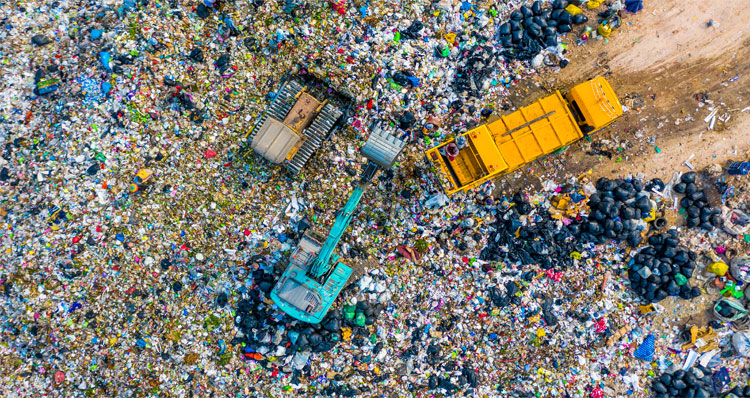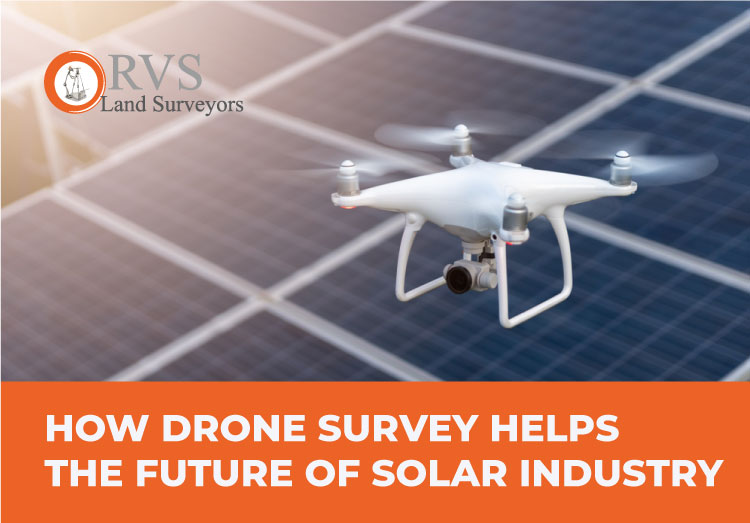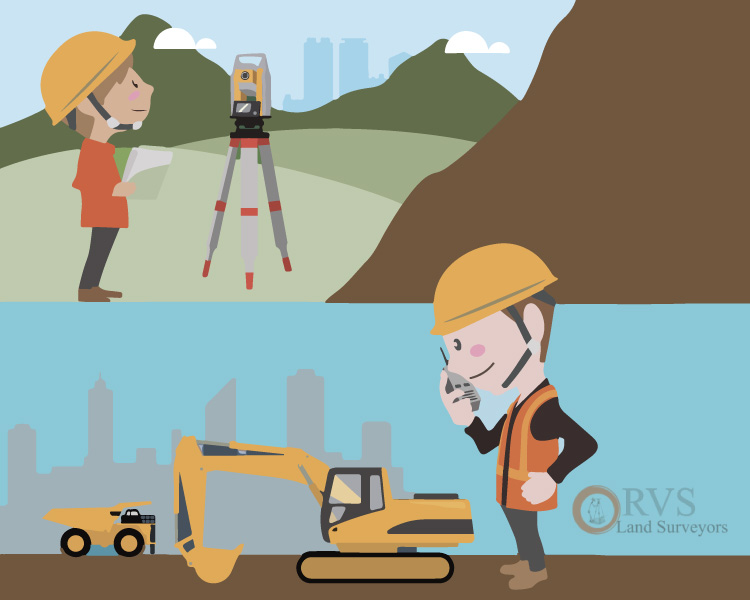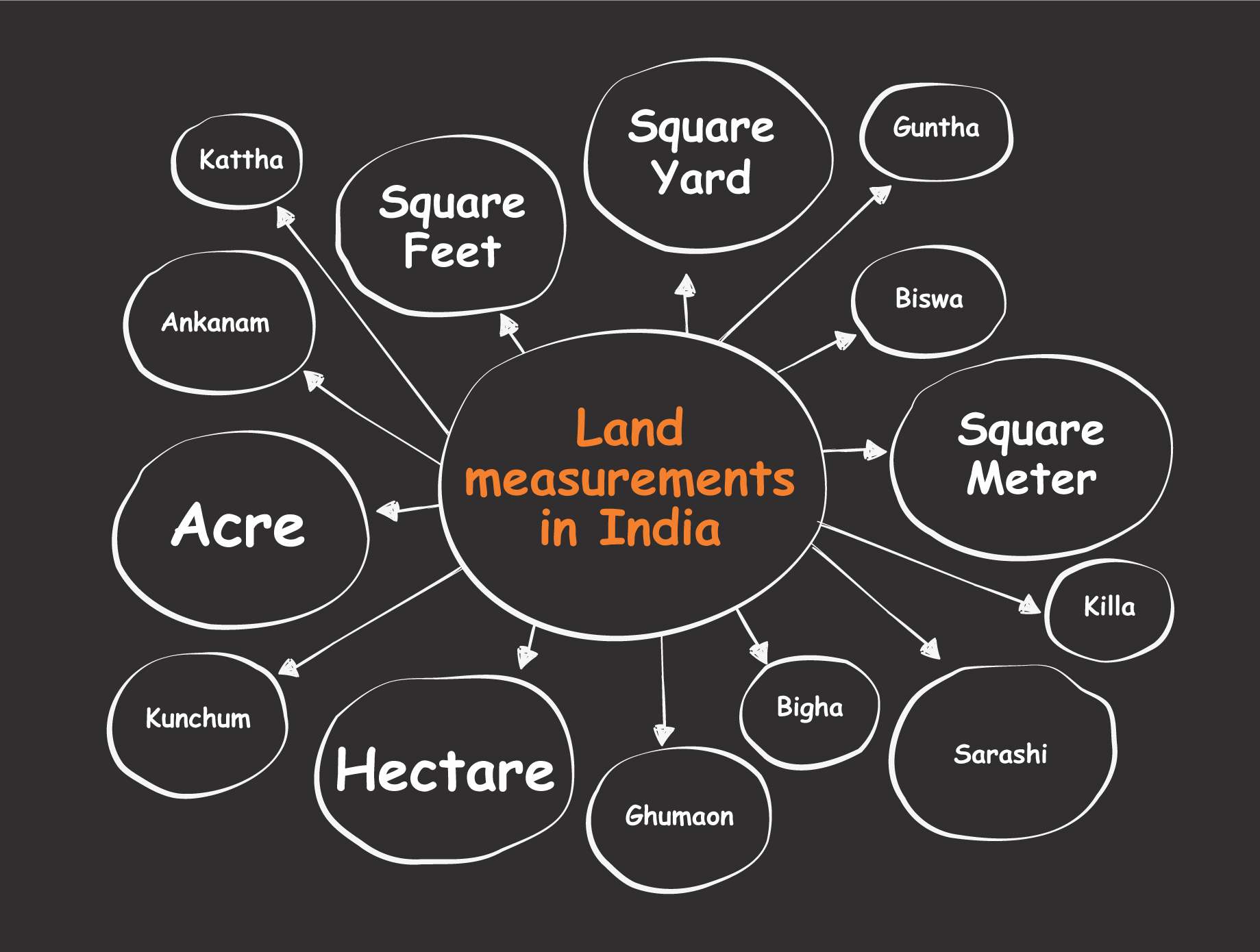Across the globe, governments and organisations are turning to drone technology to help them in managing solid waste. An increasing population inevitably leads to increased consumption and more solid waste, which we need to handle correctly. Solid waste management prevents pollution, damaging the environment and spreading germs, which might otherwise lead to illness and disease.
Global solid waste:
“ Worldwide every year, 2.01 billion tonnes of municipal waste is generated.”
In 2050 this will increase by 70% to reach 3.4 billion tonnes due to rapid urbanisation, population grown and financial improvement unless essential measures are not taken.

Solid waste in India
Based on predictions by the World Bank, India is the highest producer of waste; It generates more than a tenth of the world’s waste. For instance, Mount Everest has thousands of pounds of garbage accumulated due to littering. The climber Dragana Rajblovic once said, “You don’t need a map to get to the Everest base camp; just follow the trash.”

National capital Delphi tops the list of Indian cities with the maximum waste generation of 30.6 lakh tonnes. Chennai is in third place(18.3 lakh tones) next to Mumbai.

However, the waste produced per capita in India is lower than in economically developed countries. Bermuda tops in per capita waste generation per day. India’s figure is lower than the global average of 0.74kg.

At the same time, recycling rates remain low and a long way behind international benchmarks. Only 27% of paper, 60% of plastics and 25% of metals are recycled. Compare this with the world-leading countries from Scandinavia with average recycling rates of around 90%, and it’s evident India has a long way to go.
Drone technology may well be the answer for solid waste management in India. Waste management organization simplify many operations using Drones such as garbage collection, wastewater treatment, cleaning power lines, Enforcing litter law, and Combating illegal industrial waste, observing protected area, monitoring methane emission, mapping landfill, calculating landfill capacity and managing cells etc., In this post, we try to address top five usages of Drones in waste management in India.
USAGES OF DRONES IN WASTE MANAGEMENT
1. Landfill monitoring
One of the most crucial features of waste management is the monitoring of landfill sites. Failure to control this element of the task can lead to contamination of the area around the landfill site, including the natural environment, local towns, cities, or waterways. Traditionally landfill monitoring was labour intensive and required complex planning and equipment.
The introduction of drones has enabled engineers to access real-time data through high-resolution images and 3D CAD models of the area. This information is far cheaper, easier and safer to obtain and a much faster process. Drones can assess the site for any issues such as leakage or other problems that may escape the naked eye.

We can also use drones to map and plan a new landfill site. Information obtained by drones provides highly accurate details about the site itself and the surrounding environment. AI technology can process this information to identify potential risks and or flaws and ensure that the correct location is chosen. There are no surprises once the project is underway.

In 2017, RVS Land Surveyors Team helped the non-government agency, CapaCITIES, and the Coimbatore Corporation quantify the waste in the Vellalore dump yard using the drone. Based on our service in 2018, the same agency allowed us to survey the Siliguri dump yard in West Bengal.
2. Airspace Calculation
Local regulations will insist on a maximum elevation level called the top-of-waste (TOW) level for landfill. It is the responsibility of the waste management company to ensure compliance. 3D models help engineers visualise overfill volumes and act before there is any negative impact on the local environment. Drones also calculate compaction rates. Compactions rates help assure each cell is filled without being overfilled, ensuring maximum efficiency and compliance and safety.
3. Methane emissions
Methane is a colourless and odourless gas that is difficult to detect but can be harmful to the environment. It is a greenhouse gas that releases from rotting waste and contributes to climate change and global warming. It also decreases the amount of oxygen in the air and can be dangerous if inhaled. Drones allow waste management companies to monitor methane emissions from a distance. Drone technology provides real-time information that is detailed and precise without the need for people to put themselves at risk by getting close to the gas.

ABB Launches New Drone-Based Gas-Detection System detects and quantifies methane, carbon dioxide, and water vapour continuously while flying. All of these gases alter the environment differently and are present in the air in different values. Sourcing individual gases also provides essential information to researchers when analysing the complex environmental processes influencing climate and pollution. The system uses cavity-enhanced laser absorption spectroscopy to identify methane. The company adds that the device can cover large fields quickly because it operates on low-cost commercial drones.
4. Garbage collection
Illegal waste dumping is an eyesore that can also harm a neighbourhood. Studies show that if the cleaning authorities did not clear the illegal dumping quickly, it would lead to further dumping in the same area. Each new load of waste that is dropped increases the possibility of damage to the surrounding area and attracts even more dumping. It is a self-perpetuating problem and demonstrates why waste needs to be cleared as quickly as possible. Many cities are using drones to identify areas of illegal dumping. Some drones will collect the waste themselves, while others alert the authorities, who can then clear it.
In Spain and the US, some local authorities have deployed drones to find and collect litter on beaches to prevent it from being washed out to sea and causing further damage to the ecosystem. Traditionally done by hand, this task has always been labour intensive and time-consuming. Drones offer a much more efficient process and cleaner waters.
Drone technology has also made enforcement easier. Drones can capture video and still images of offenders, and authorities can use that to prosecute them. In turn, this prevents others from committing offences in the first place. We can also apply this principle to industrial waste, and authorities increasingly turn to drone technology to replace manual inspections, which are infrequent and expensive to organise and conduct.
One Chinese authority has deployed drones with flamethrowers to remove litter that has become tangled in power lines. Not only is this quicker than manual cleaning methods, it doesn’t require a man to climb a ladder, so it is also safer.
5. Landfill cell management
The primary aim of landfills is to saturate as much solid waste as possible in a single cell and to utilise the space effectively. We can achieve this by calculating the most proper compaction more precisely. Drone data coupled with weighbridge data results in efficient and cost-effective waste management systems instead of other techniques.
Conclusion
Drones are revolutionising the waste management industry. They provide incredibly detailed information in real-time. The drones themselves are simple to use and, unlike traditional surveying equipment, don’t require special training or qualifications. Technological advancements have made drones affordable, reliable and user-friendly. Drones and AI technology have combined to provide accurate, real-time data which can be visualised and, in some cases, will even offer solutions to segregate recyclable suggestions for how to tackle the problems it has identified. Hence drones become more prevalent, companies and governments understand the potential of drones for waste management.
Source: World Bank’s ‘What A Waste 2.0’ report(2018) And Times of Inda.








